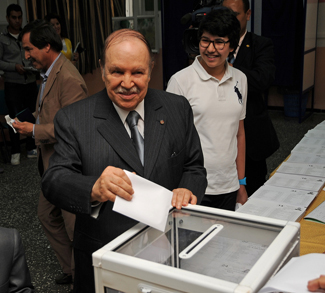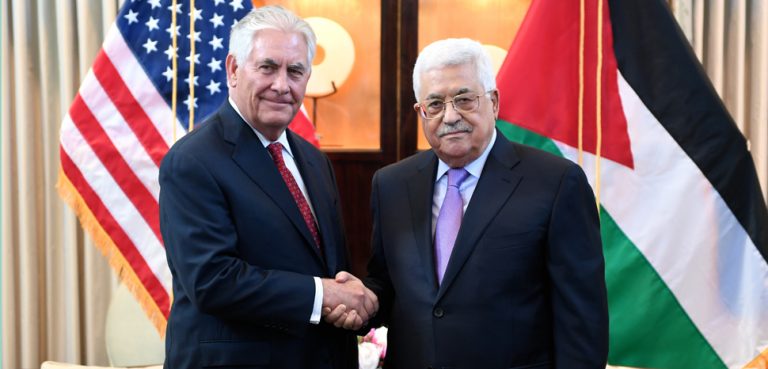Lebanon is now entering the seventh week of a socio-economic crisis that has brought the country to the brink of financial collapse.
The crisis comprises of two impasses: one between the citizens and the government of Lebanon, and the other between the ruling political elites that form the government. It is fueled by a widespread discontent among Lebanese citizens, and the non-sectarian aspect of the outrage is its distinguishing feature.
On October 17th, approximately a hundred citizens took to streets to protest against a new tax on Whatsapp calls. This marked the beginning of widespread protests, reaching across the normal sectarian divides, and motivated primarily by the country’s stagnant economy, corruption, electricity shortages, deteriorating health sector services and polluted environment. These protests are considered historic because people are questioning the political leaders of their own sects, including Shias too, who had previously largely refrained from openly criticizing their leaders, whether from Hezbollah or the Amal Movement.




